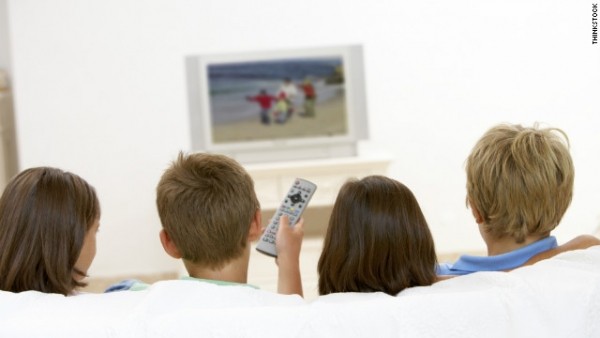A nuisance that has bothered television viewers for years is now a thing of the past. The Commercial Advertisement Loudness Mitigation Act, or CALM, goes into effect today. The federal law promises to regulate the volume of television commercials which, as most of us know, can often times be much louder than the programming they interrupt.
Under CALM, commercial advertisements aren’t allowed to be any louder than the programming they accompany. One would assume that advertisers thought it was a good idea to make their commercials louder in order to get your attention but if my experiences are any indication, all it does it make me mute the volume or change the channel completely.

The law came to life following years of complaints from consumers. It was actually passed into law more than a year ago but the FCC gave advertisers a lengthy grace period in order to comply.
As the LA Times points out, it may seem easy enough for broadcasters to adjust commercial volume but that wasn’t the case. The normal listening volume for a television show is around 70 decibels although that can vary slightly. Previous audio equipment measured volts which just looked for technical indications of loudness, according to Thomas Lund from TC Electronics.
This wasn’t adequate to detect the types of volume fluctuations that were noticeable (and annoying) to the human ear. Regulation required equipment upgrades for cable and satellite television providers as well as general advances in technology.
If you are still hearing extremely loud commercials, the FCC urges you to report the commercial on their website or by calling 1-888-TELL-FCC (1-888-225-5322).
